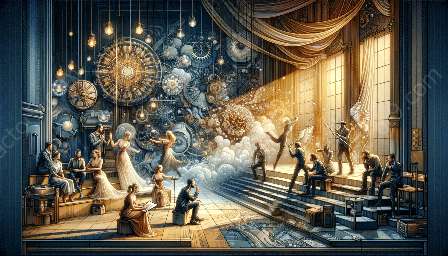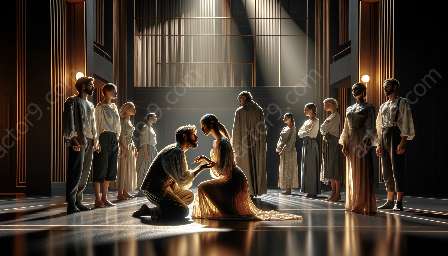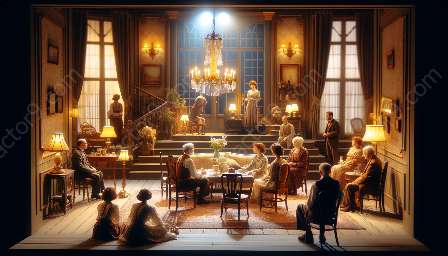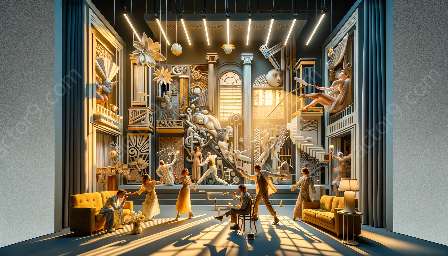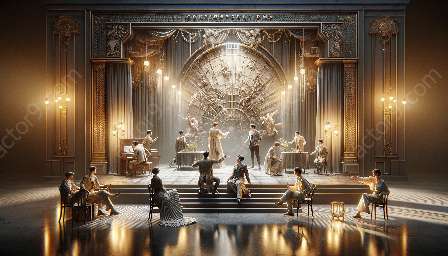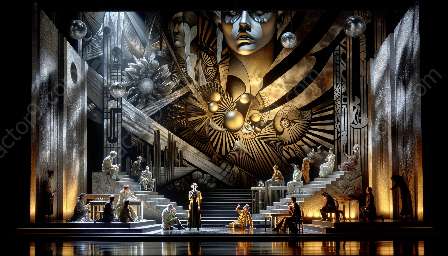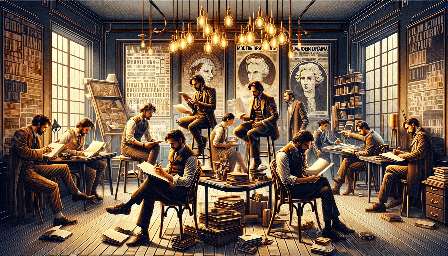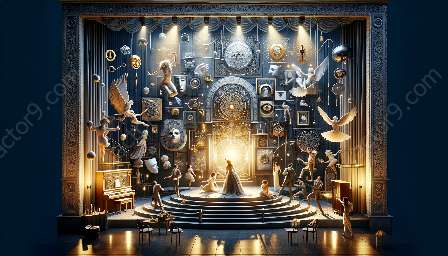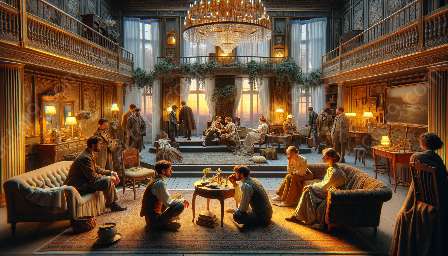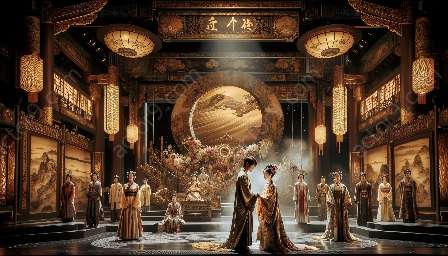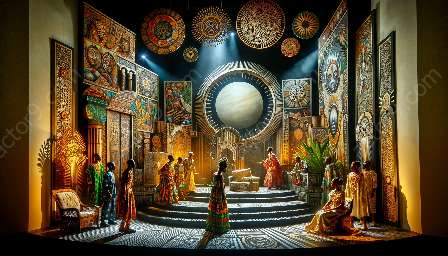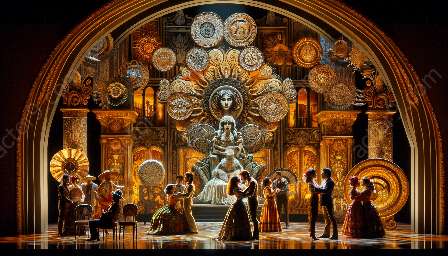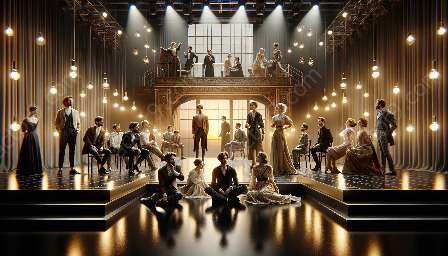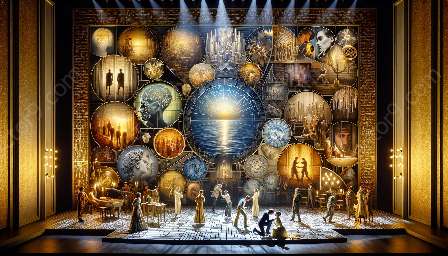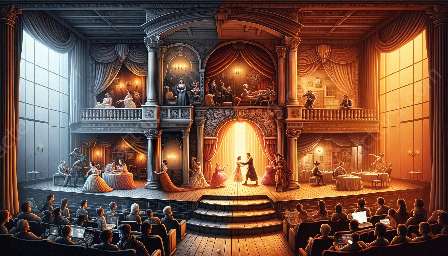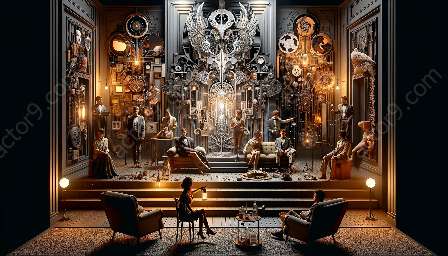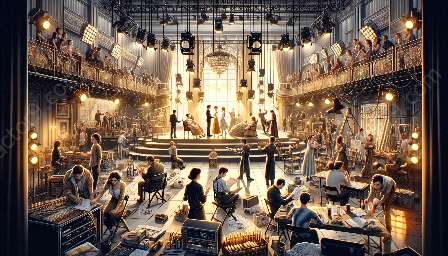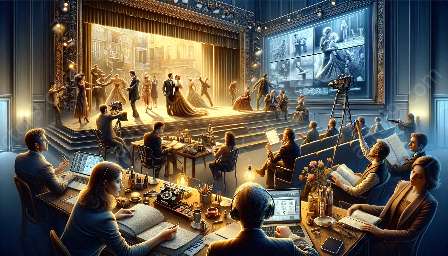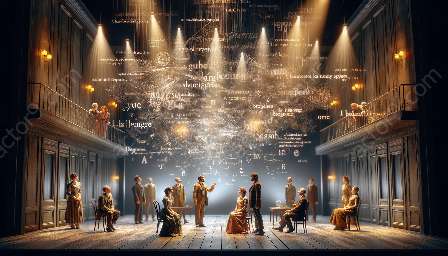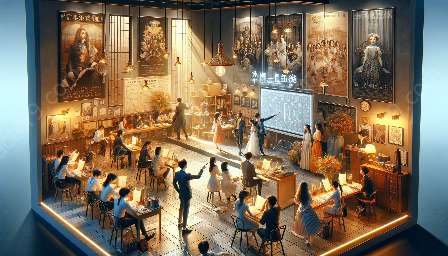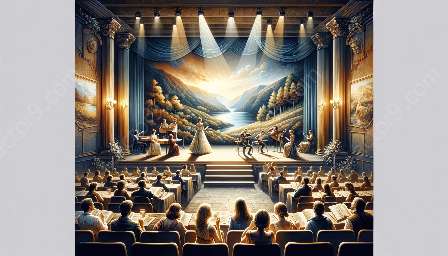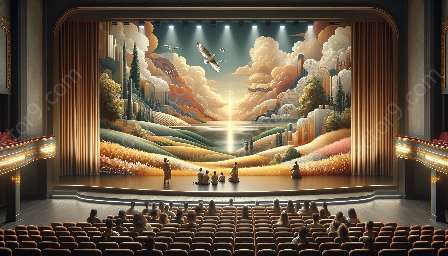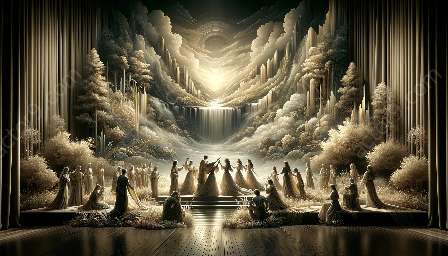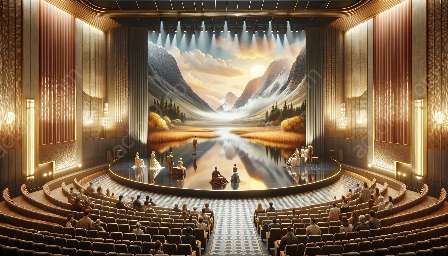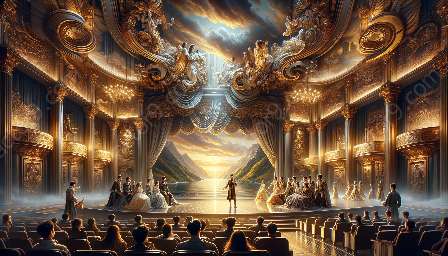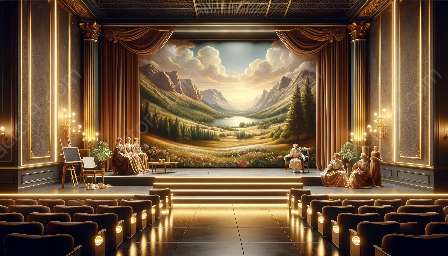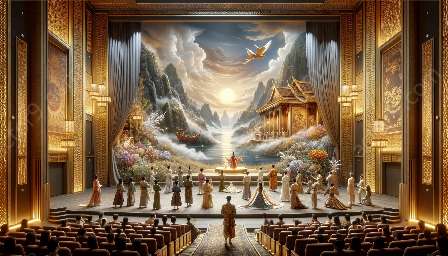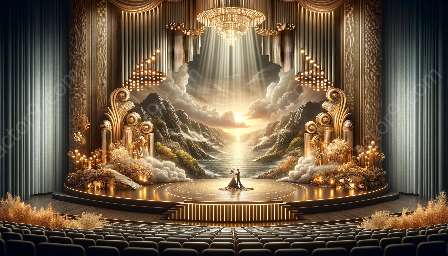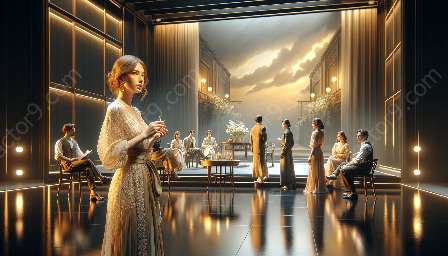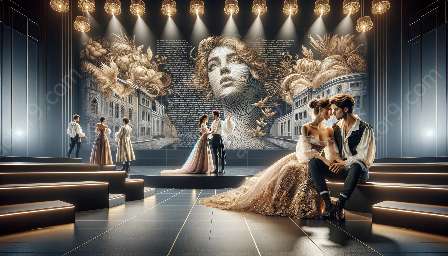Symbolic storytelling in modern theater has evolved to be a powerful form of artistic expression, offering a depth of meaning and emotional resonance to audiences. This topic cluster will delve into the challenges and innovations within this genre, and its relationship with symbolism in modern drama.
The Significance of Symbolic Storytelling
Symbolic storytelling is a narrative technique that uses symbols and metaphors to convey deeper layers of meaning. It allows playwrights and directors to explore complex themes and emotions in a non-literal manner, inviting the audience to interpret the underlying messages and themes. Symbolic storytelling enriches modern theater by engaging audiences intellectually and emotionally, creating a multi-dimensional experience that transcends the confines of everyday reality.
Impact on Modern Drama
In modern drama, symbolism is a vital tool for conveying abstract ideas and emotions. Symbolic storytelling has the potential to elevate the theatrical experience by offering a unique perspective on contemporary issues and human experiences. Through the use of symbolism, modern theater artists can express universal themes that resonate with audiences across cultures and generations. Symbolic storytelling in modern drama enables the exploration of philosophical concepts, psychological intricacies, and societal critiques in a visually compelling and thought-provoking manner.
Challenges in Symbolic Storytelling
While symbolic storytelling offers opportunities for profound artistic expression, it also presents challenges for theater creators. Crafting symbols and metaphors that effectively communicate the intended meanings without becoming overly obscure requires a balance of subtlety and clarity. Furthermore, ensuring that the symbolism resonates with diverse audiences and transcends language and cultural barriers can be a significant challenge for playwrights and directors.
Innovations in Symbolic Storytelling
Modern theater continues to witness innovative approaches to symbolic storytelling. Playwrights and directors are experimenting with unconventional methods of integrating symbolism into their productions, such as immersive staging, interactive elements, and multimedia incorporation. These innovations aim to enhance the audience's engagement with the symbolic narrative, creating an experiential blend of visual, auditory, and emotional stimuli.
Digital Technology and Symbolic Storytelling
The advancement of digital technology has opened new avenues for incorporating symbolism into modern theater. Projection mapping, virtual reality, and interactive multimedia installations offer innovative ways to convey symbolic narratives within theatrical performances. This fusion of technology with theatrical storytelling provides artists with expanded creative possibilities, pushing the boundaries of traditional stagecraft.
Collaborative Approaches and Symbolism
Another notable innovation is the collaborative nature of symbolic storytelling in modern theater. Playwrights, directors, set designers, and performers collaborate to craft cohesive symbolic narratives that integrate diverse artistic elements seamlessly. This collaborative approach fosters synergistic creativity and encourages multidisciplinary experimentation, resulting in compelling and visually striking theatrical experiences.
In Conclusion
Symbolic storytelling in modern theater poses both challenges and opportunities for artistic innovation. While navigating the complexities of symbolism can be demanding, the potential for creative exploration and audience engagement is unparalleled. As modern drama continues to evolve, symbolic storytelling serves as a catalyst for pushing the boundaries of theatrical expression and inspiring thought-provoking experiences for audiences worldwide.


